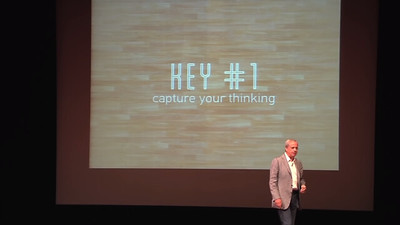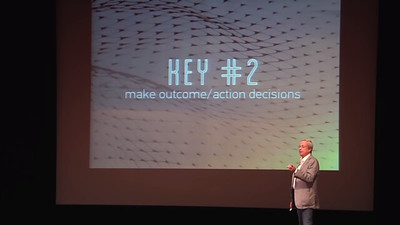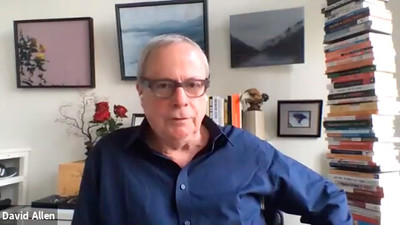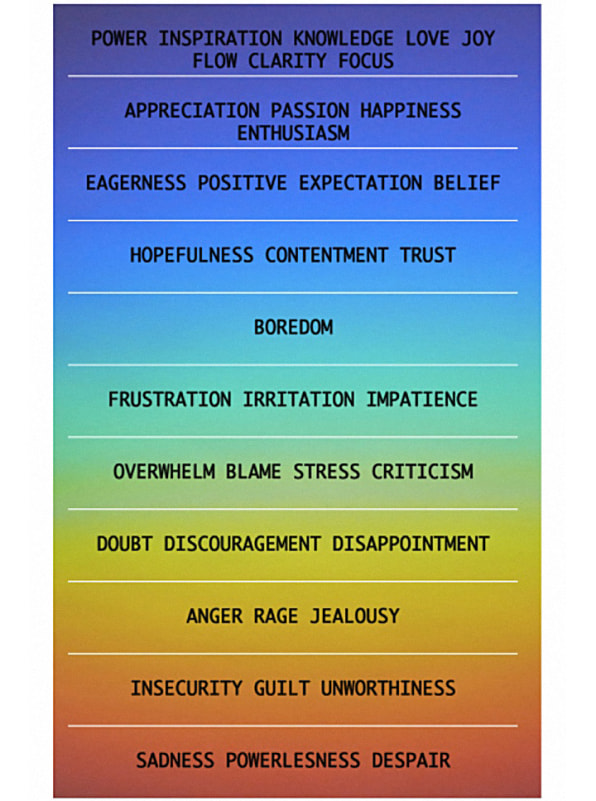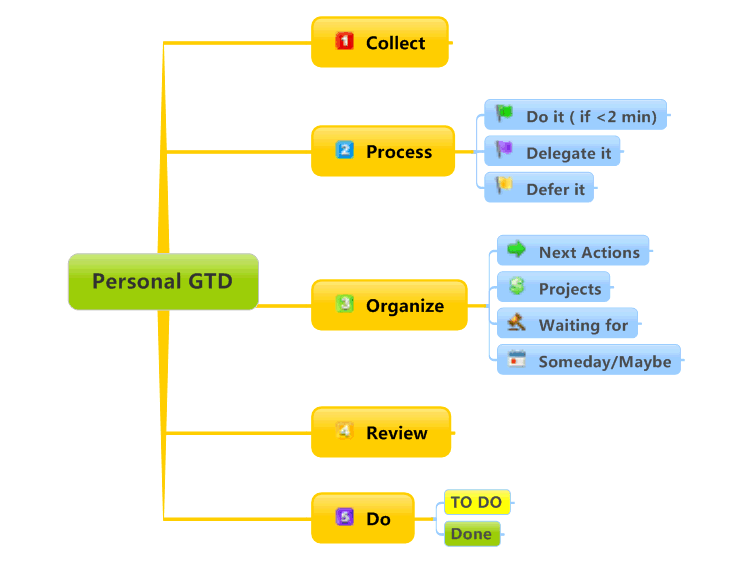
Teens are overwhelmed, partly because they don’t yet have the skills to manage the unprecedented amount of stuff that enters their brains each day. – from LifeHacker.com
“Your mind is for having ideas, not holding them.”
“You can do anything, but not everything.”
― David Allen, (GTD) Getting Things Done for Teens: Take Control of Your Life in a Distracting World
SUMMARY
- This week I worked on managing my time and making a schedule it was really hard at first but once I made a schedule now I feel more comforable.
PRACTICE ROOM (TUTORIALS)
The latest lesson was the overview for java script
CLASSROOM (THEORY & ANALYSIS)

You are going to learn to develop your own version of David Allen’s Getting Things Done (GTD) process in this ‘room.’
- So from the videos, I learned that your brain is for thinking of ideas not holding them, and when you hold your ideas your just wasting valuable time. Some other things I learned Is that you actually are more productive when you are in a crisis or when there is a problem the best thing you can do is to sort the things that you need to do and want to do because this helps decide what’s important and what isn’t important so if you have a couple of emails that would only take 2 minutes to reply back to all of them then get that done first but if you need to have a conversation with someone it’s best to schedule for the future ahead of time.
LAB (THEORY PRACTICED)

- Set a timer
- Spend 15 minutes in this ‘room’
- Rewatch David explain ‘Maps’ from 19:57 to 21:16 of the video

Examine Two GTD Maps: Basic and Detailed
- Detailed map by guccio@文房具社 icensed under CC BY-NC 2.0
- Basic map from BiggerPlate.com embedded below
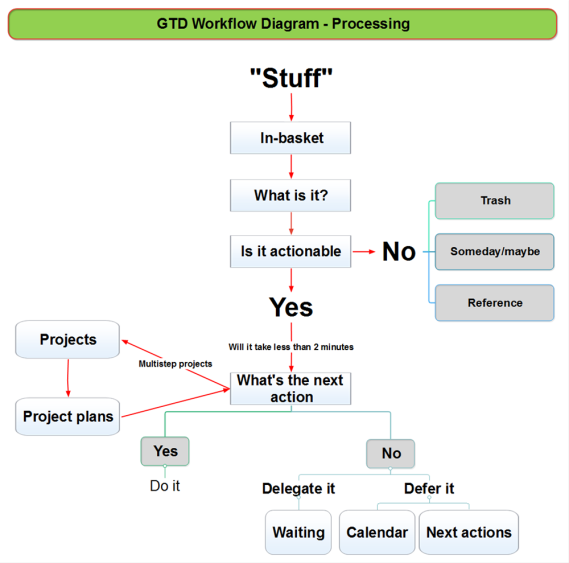
GTD-based Trusted System

- Examine and pick a trusted system from the 4 options listed below to ‘capture’ your work
- A trusted system is your method for managing your tasks in a way that you consistently get things done
- Trello.com with a – GTD Template
- We use Trello in this class to manage group projects
- You will create a Trello account a few weeks from now regardless
- You might want to start now
- We start using Trello in the second semester
- Watch Mr. Le Duc Creating a Trello Account and Add GTD Template Tutorial (3:45)
- You can get the free Trello app at the Apple Store or Google Play

- We use Trello in this class to manage group projects
- Your phone
- Paper and pen or pencil
- Examine LifeHacker.com’s GTD Resources
OUTSIDE (PRODUCTIVITY & THE BRAIN)

OPTIONAL EXERCISE

- Read Getting Things Done for Teens: Take Control of Your Life in a Distracting World by David Allen
STUDIO (CREATING MAPS)
CONTROL ROOM (PRODUCTION)
WHAT I LEARNED and PROBLEMS I SOLVED
something that I learned was that ya life may be a pain and stressful and it seems like you don’t have a lot of time but in reality, it’s just you procrastinating about it and not doing something about it. For example, I was just pushing everything off and waiting until the last minute which is really bad until I started to sit down a make a schedule for what I’m going to do and it helped me a lot
WEEKLY ACTIVITY EVALUATION
- This week’s content was pretty cool.




